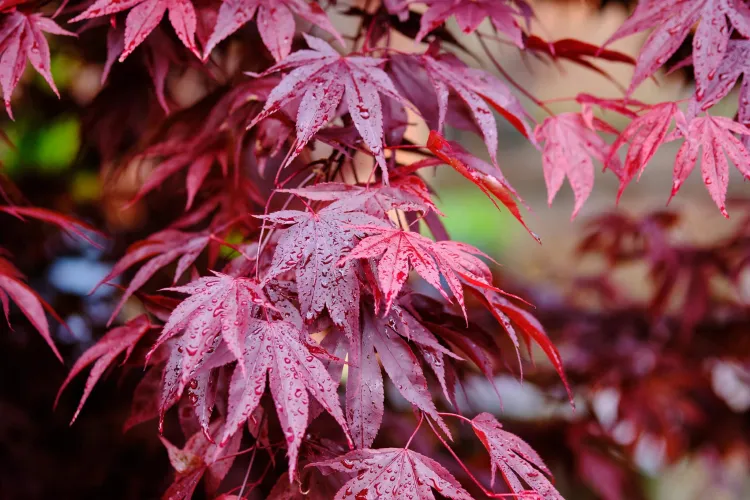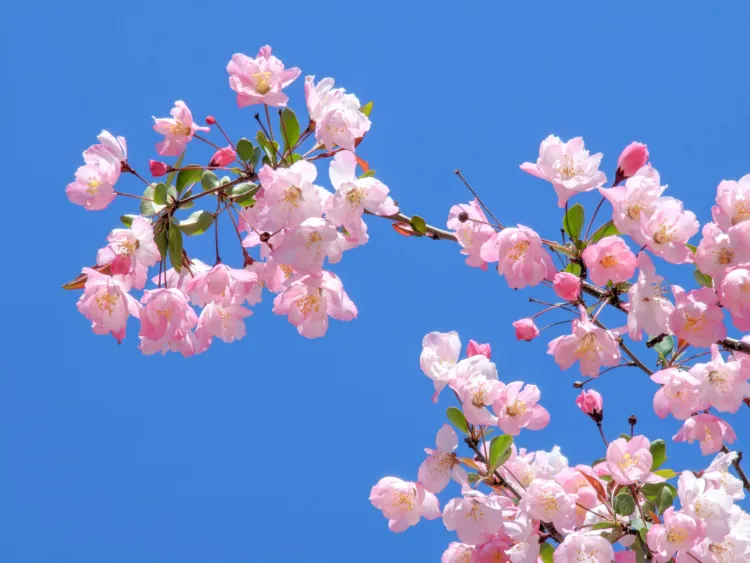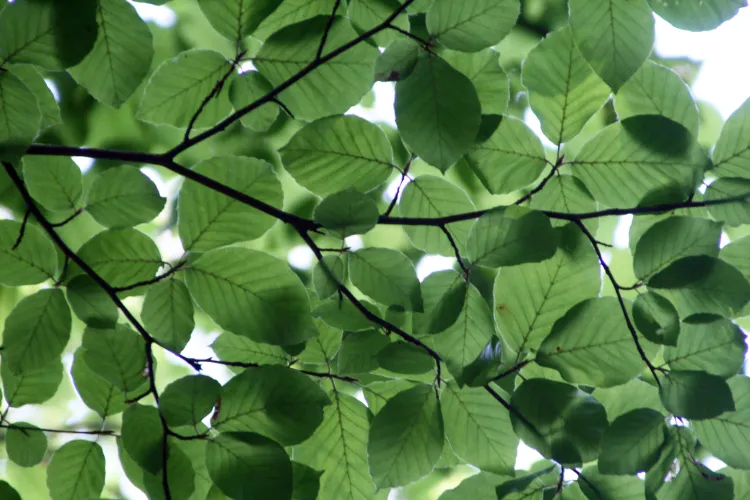Trees are among the hardest working plants in the landscape. Even the smallest yard can accommodate at least one or two of these botanical powerhouses.
Adding a tree will provide habitat and shelter for many animals and beneficial insects. Birds will build nests in the branches and eat the berries, squirrels will tuck the seeds away for winter and a whole host of insects will be attracted by the nectar of its flowers.
Meanwhile, below ground, the tree’s roots are expanding out and down and may capture toxic heavy metals and sediment, preventing them from entering stormwater systems. Strategically placed trees can combat soil erosion and minimize water runoff.
During photosynthesis, a tree binds carbon dioxide into sugar, releasing oxygen and storing the carbon in its wood. The tree’s leaves filter out air pollutants, thereby reducing smog, acid rain and cooling greenhouse gas-related temperatures.
Trees are your natural awning, creating a cool, shady area for you to escape the summer heat. The addition of fruit or nut trees will also provide you with delicious food.
Despite all their attributes, however, the purchase of a tree can seem intimidating. Keep in mind the value of the investment of time and labor by the grower, especially as the caliper (diameter of tree trunk) size increases.

The good news is that younger, smaller trees are less expensive as well as more resilient to transplant stress. Once established, they will grow quickly.
Regarding growth, another concern you may have about planting trees is their future size. Thankfully, there are options for varieties that do not get very large. Treeform paniculata hydrangeas, dwarf crabapples and laceleaf Japanese maples are examples of trees with mature heights of less than 12 feet.
If you are looking for a tree to make a big impact but not exceed 20 feet in height, there are several options. Flowering dogwoods, serviceberries and some magnolia varieties as well as full-sized crabapples and Japanese maples are excellent choices in this range.

With the capacity to accommodate a larger tree, you are only limited by the light and soil conditions in your yard that match the needs of the trees. Honey locusts provide filtered shade to your patio and an oak tree supplies an entire neighborhood of wild creatures with food and shelter. Willow trees will happily absorb excess water from a low area in your yard.
Fruit trees are fun to add to your landscape, offering fragrant spring flowers followed by a bounty of fruit, giving you plenty to share with the animals. There are apricot, peach, pear, plum, cherry and apple varieties with mature heights of less than 20 feet. Be sure to look for resistant cultivars to the most common diseases affecting each species. Likewise, walnut, chestnut and hazelnut trees are both beautiful and productive.

Beyond the deciduous (leaf-shedding) trees, is an entire realm of evergreen varieties. Evergreens are invaluable as shelter and food for animals, as well as for privacy and wind protection for you. Again, there are options with mature heights of 6 to more than 60 feet, as well as a plethora of forms, habits, hues of green and needle types.
Once you have chosen the trees to incorporate into your landscape, carefully follow the steps to properly plant and care for them. They will repay you with benefits that last more than a lifetime.
For information on tree planting and care, visit https://vtcommunityforestry.org/tree-care.
